|
Our Omega Mu brothers who served in the military are cherished and constant fraternal friends, and we would like to say thank you for the steadfast, purposeful commitment you made to our nation to defend those four freedoms we all believe in: “Freedom of speech, freedom of worship, freedom from want, and freedom from fear.” For those brothers who were killed in defense of these freedoms, they will always occupy a consecrated place in our linked fraternal heart because they exemplify the idea of superlative commitment, strength, and fortitude for the good to the end itself. The greatness of their collective purpose and will, on our nation’s behalf, will never be forgotten. By their “clear-eyed faith and fearless heart,” these brothers have left us a fraternal legacy that echoes what we often say about Omega Mu Fijis: “Perseverance and determination are omnipotent.” Their code of integrity, courage, duty, responsibility, and self-sacrifice on behalf of our nation is a powerful legacy that we will always be proud of as Omega Mu Fijis. Whether it was at New Orleans, Red River, Fort Blakely, Marianna, San Juan Hill, Santiago de Cuba, Chateau-Thierry, Verdun, El Guettar, Elba, Monte Della Vedetta, the Battle of the Bulge, Rabaul, Inchon, Pusan, Chosin Reservoir, Pork Chop Hill, Hue, Easter Offensive, Phu Cat, The Iron Triangle, Hamburger Hill, la Drang Valley, Bien Hoa, Khe Sanh, Rumaila, Al-Batin, Medina Ridge, Kabul, Kandahar, our Omega Mu brothers have demonstrated devotion to duty in defense of freedom and liberty. They are the stability of our nation, and we, the Omega Mu brotherhood, revere, honor, and salute their persevering and determined spirit within our great nation and our historic brotherhood. We will always honor the heroism of all of our brothers who have served in the armed forces from the Civil War to the present. Thank you. Omega Mu Veteran Gordon R. Heath, 1935 Omega Mu Years 1935 Snow Sculpture "Second place to Phi Gamma Delta for their All American Girl." 1936 Snow Sculpture "Phi Gamma Delta, with a most remarkably executed tableau of set of three figures on a raised dais, was adjudged the winner. A purple background sprinkled with stars was flanked on one side by a woman figure skate; on the other, by a dancing couple. A giant star with a the beautiful figure of a girl in front of it was placed in the center....The artists responsible for this fine piece of artistry were: Gordon Heath, James Dow, Robert Baker, and George Grange, although the entire fraternity did its part." James Dow and George Grange University of Maine Athlete Harvard University After graduating from the University of Maine, Gordon R. Heath attended Harvard University, and when World War II started he enlisted in the United States Marine Corps. World War II Gordon R. Heath was a second lieutenant in the United States Marine Corps during World War II, and he served in the Pacific Theater of Operations. N.A.S.A. After he service in the United States Marine Corps during World War II, Gordon R. Heath worked as a remote-sensing engineer for N.A.S.A., with the task of developing state-of-the-art satellites, using cutting-edge technology, to take reliable photos that accurately measure the size, shape and position of objects on earth. His analytical skill in the area of photogrammetry was exceedingly helpful to the C.I.A. agents and Pentagon specialists in identifying the position, placement, and number of Soviet nuclear warheads in Cuba in October 1962. These critical photos, and the important analysis of them, provided President Kennedy with crucial evidence as he considered potential action, diplomatic and military, in response to this grave threat to the United States, against Cuba and the Soviet Union. For the considerable assistance Gordon R. Heath provided in this critical time, in having been a key engineer in developing photogrammetry at the Johnson Space Center, Gordon R. Heath received a Presidential Citation from President John F. Kennedy for his distinguished service in helping avert a possible nuclear war during the thirteen heart-stopping days of the Cuban Missile Crisis. In the end, Gordon R. Heath's contributions to N.A.S.A. and the United States were significant and lasting. The U-2 plane that flew over western Cuba and discovered the missile sites near San Cristobal, precipitating the 13 day crisis that would show the wisdom, restraint, and calm, cagy intellect of President Kennedy in opting for a blockade rather than a surgical airstrike against the sites, proving to be the right leader at the right time in American History. Adlai Stevenson, the U. S. Ambassador to the United Nations, confronts the Soviet Ambassador with the visual evidence provided by photogrammetry of Soviet nuclear weapons in Cuba. Erst 1 Additionally, the litany of Gordon R. Heath's beneficial work continued when he spearheaded a N.A.S.A. research team of to see if the Erts 1 satellite imagery would be helpful in the study of forestry, and the water pollution in Galveston Bay, Texas. The complete body of his career work is esteemed. American Society Of Photogrammetry "Engineering Reports Editor: Gordon R. Heath" Pig Dinner "Fondest Memory Was Fraternity Life" (Gordon Heath wrote this on a boilerplate University of Maine alumni update form.) “What if the space be long and wide, That parts us from our brother’s side A soul-joined chain unites our band, And memory links us hand in hand.” (Phi Gamma Delta fraternity song) Fraternally,
Chip Chapman, ’82 Perge
0 Comments
Leave a Reply. |
Archives
December 2024
Categories |
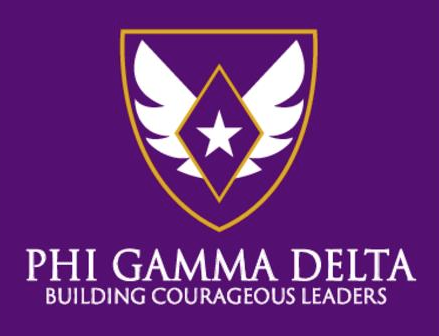
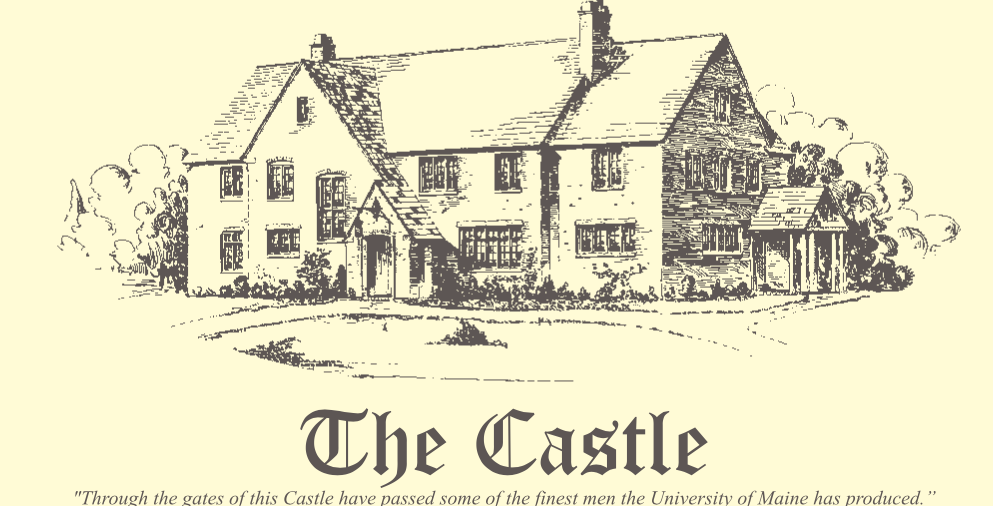
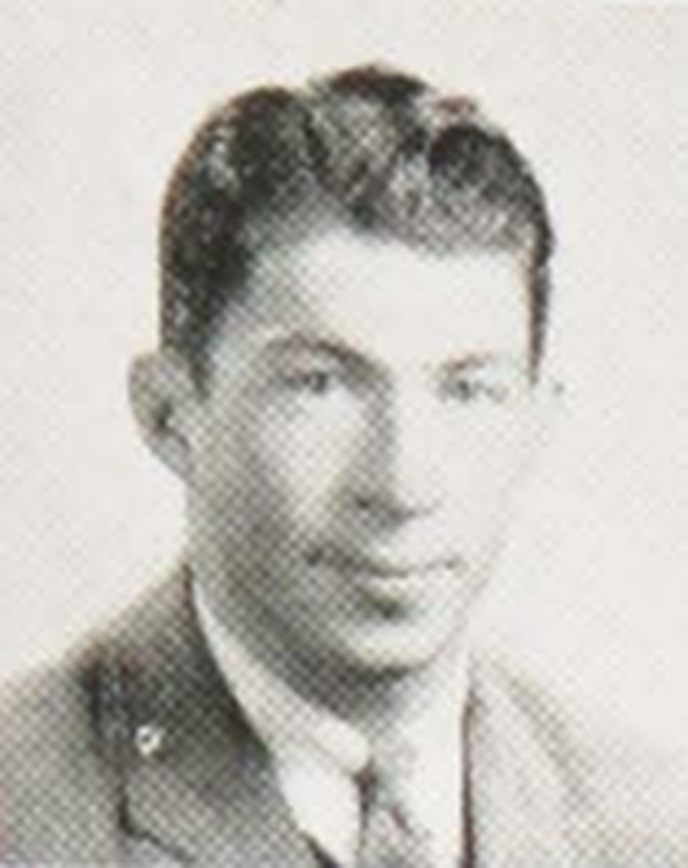

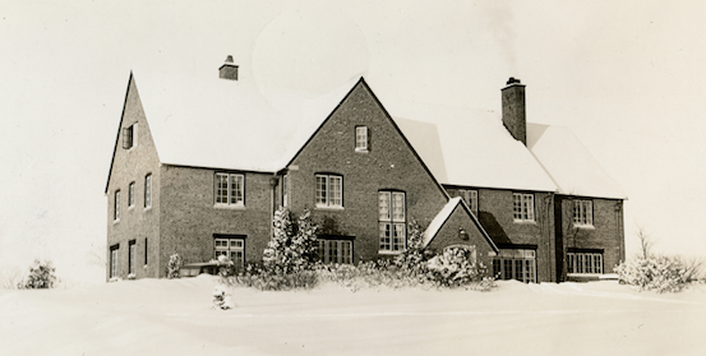
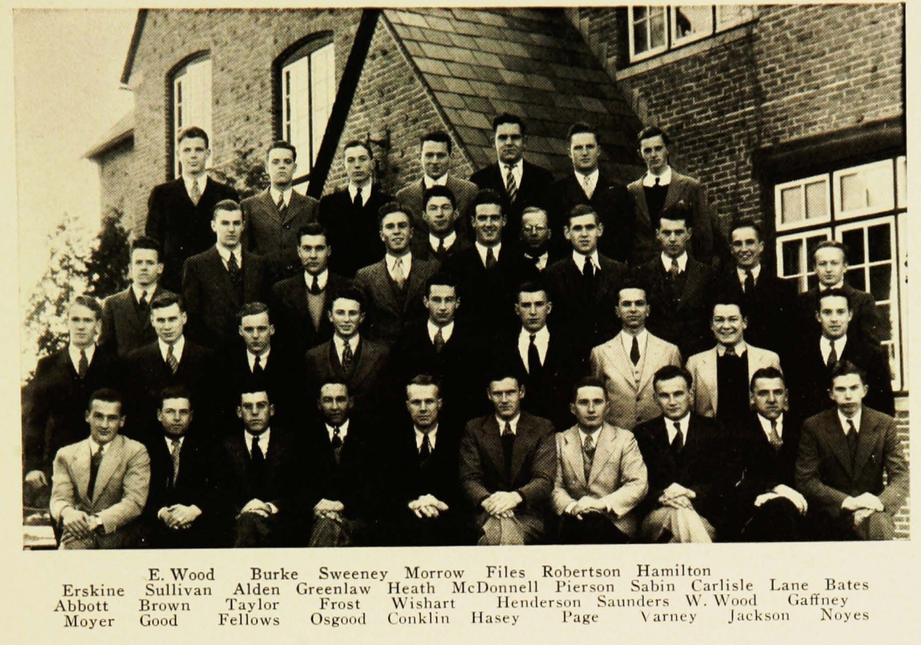
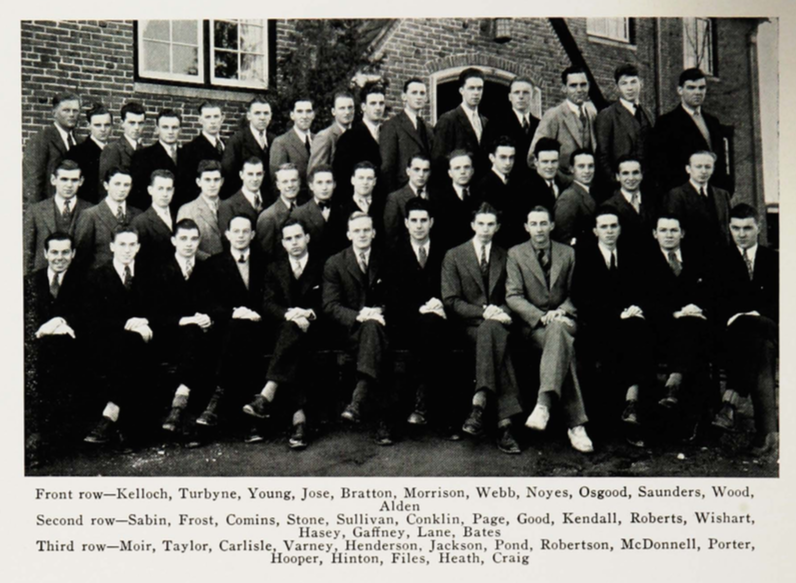

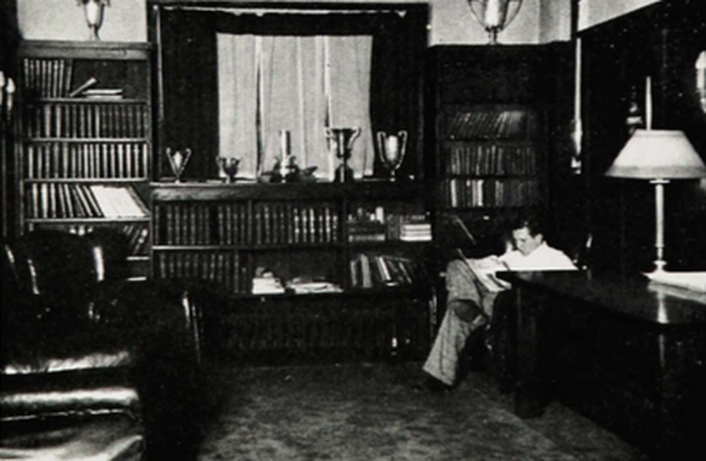
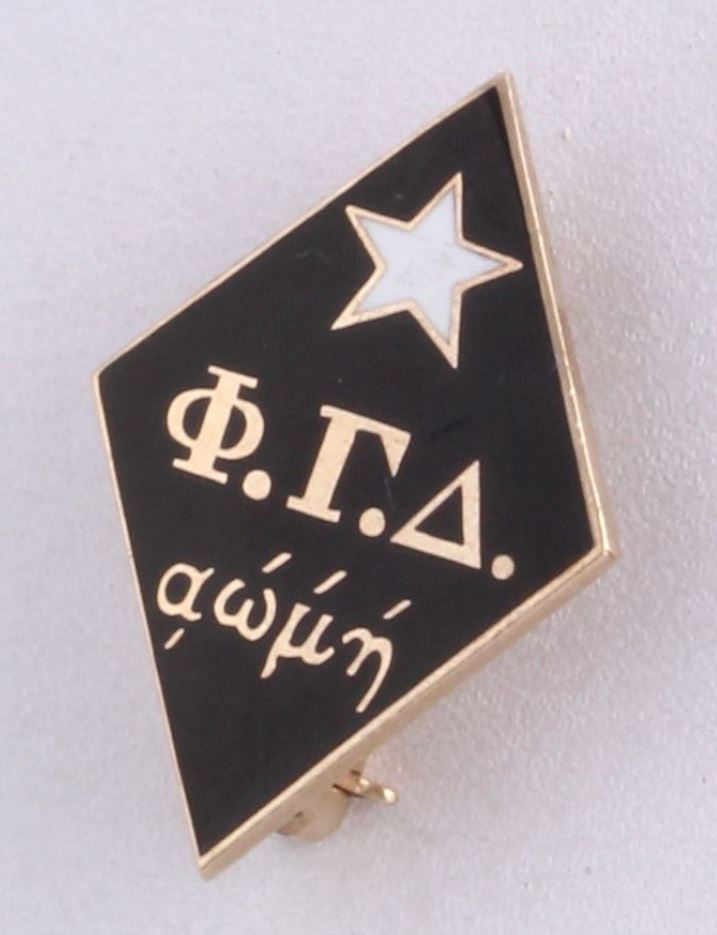
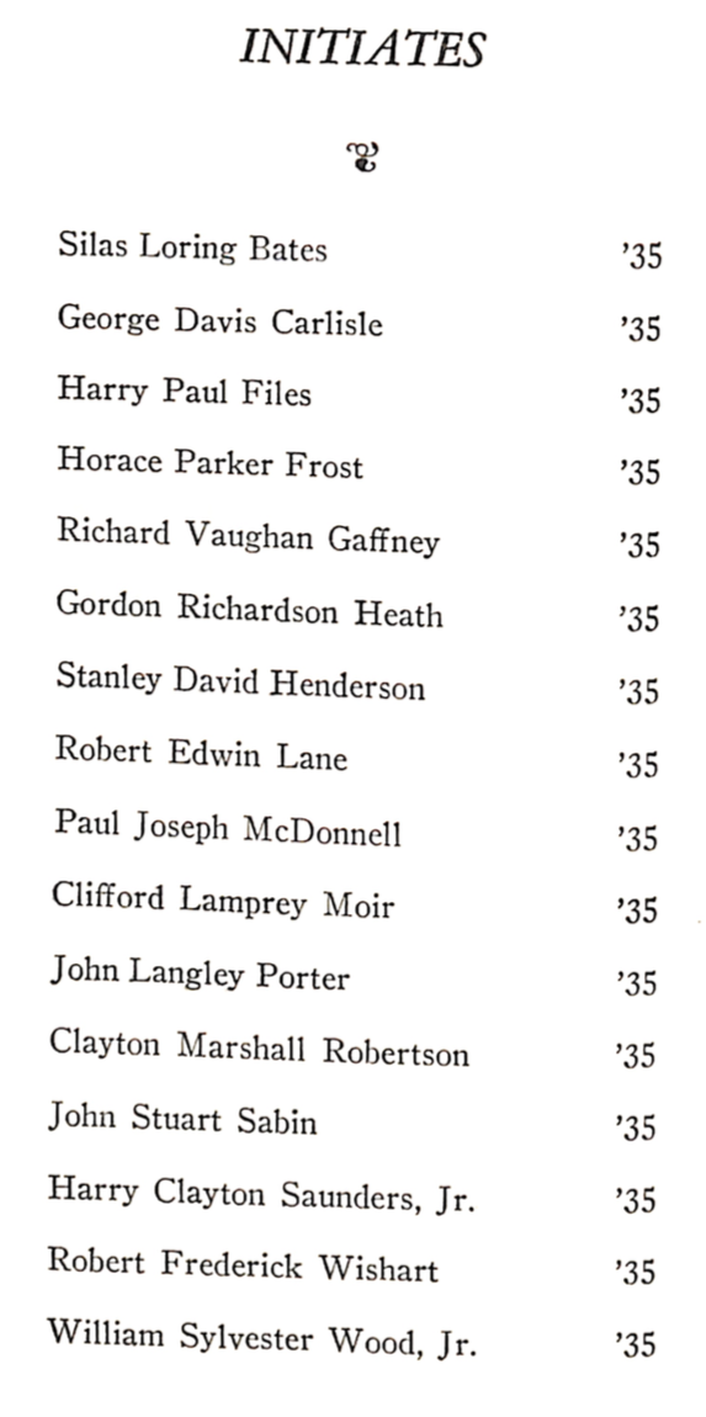
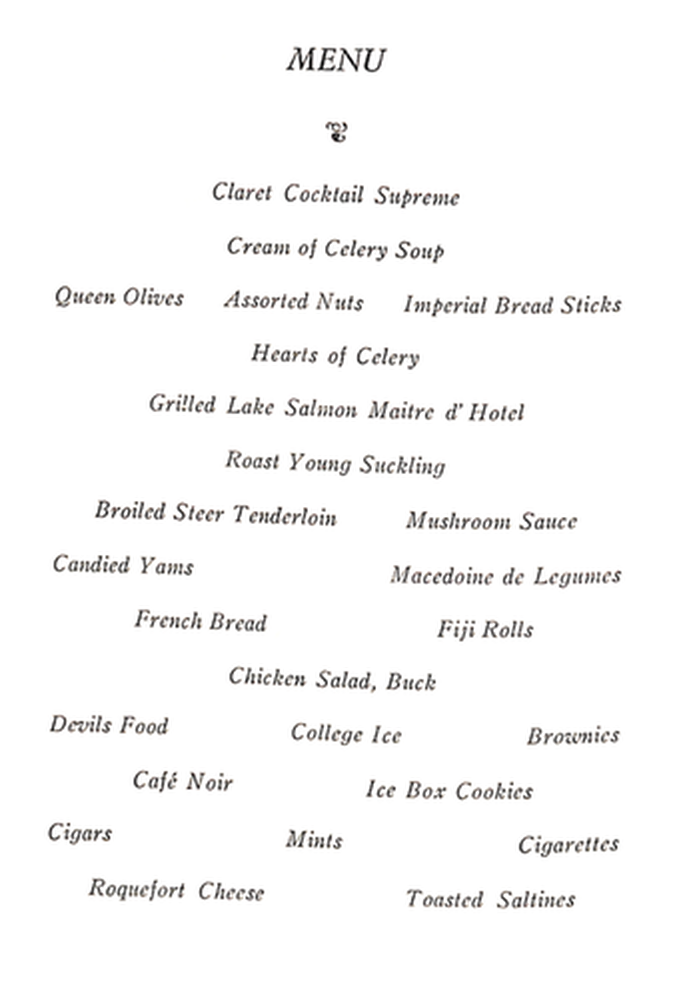

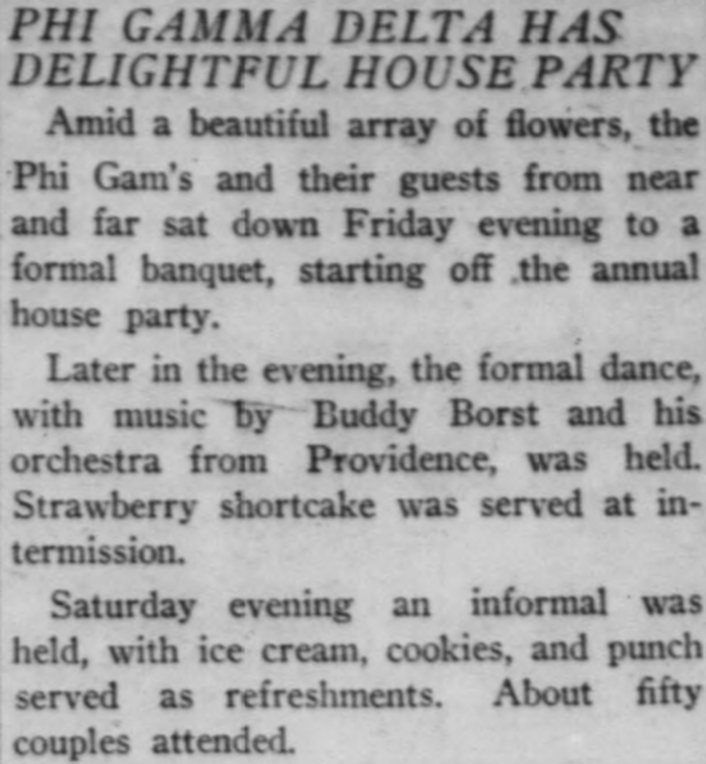
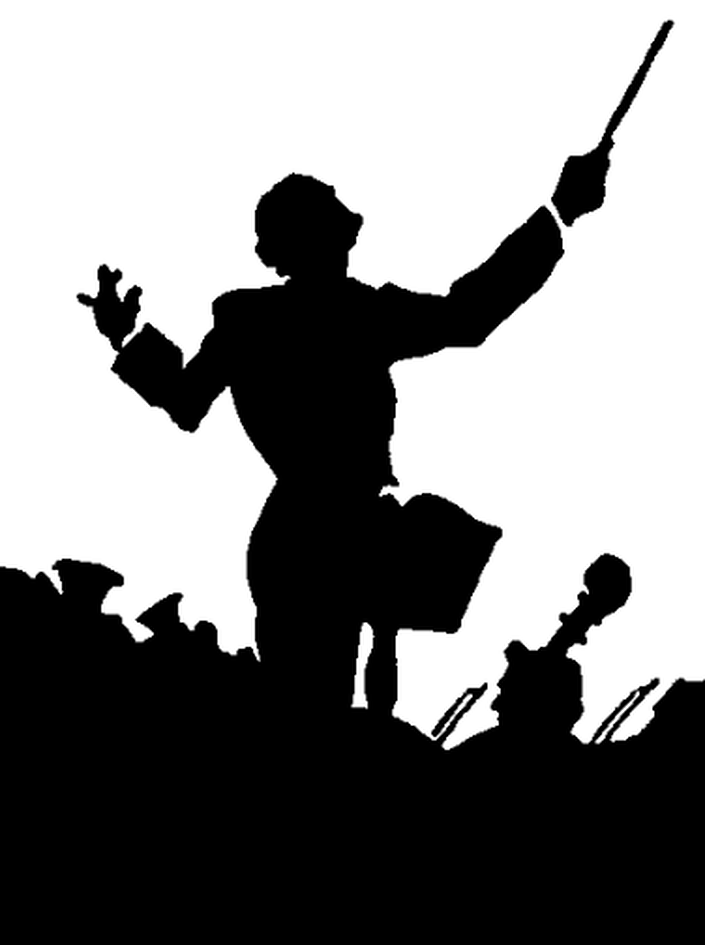
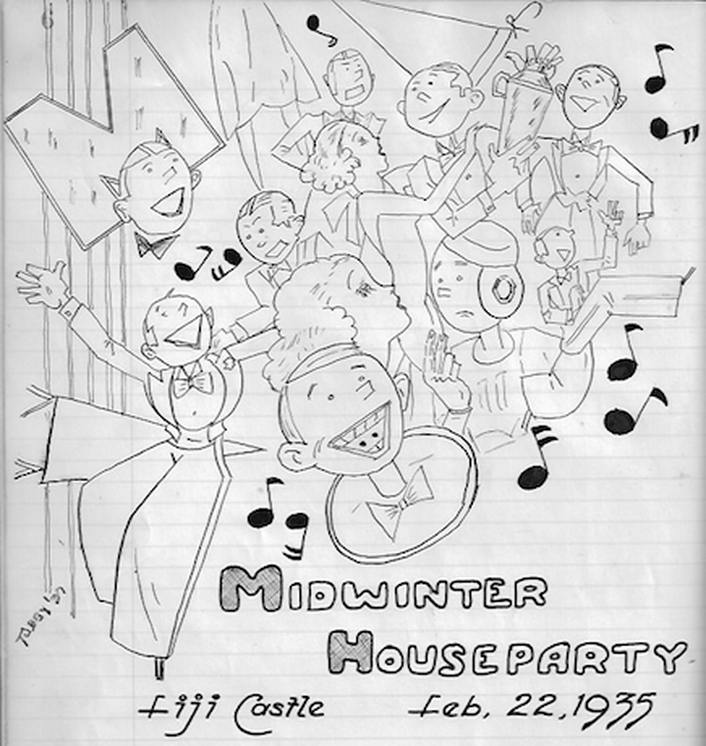
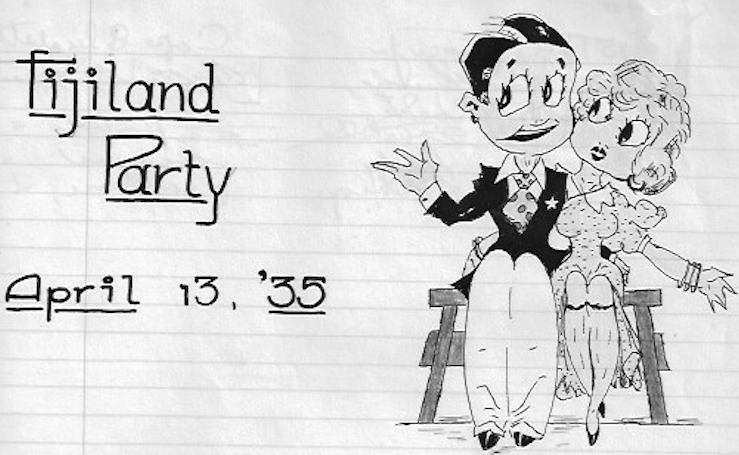

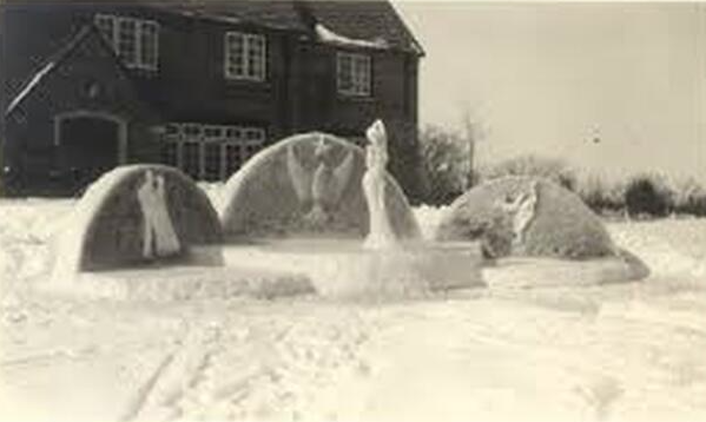
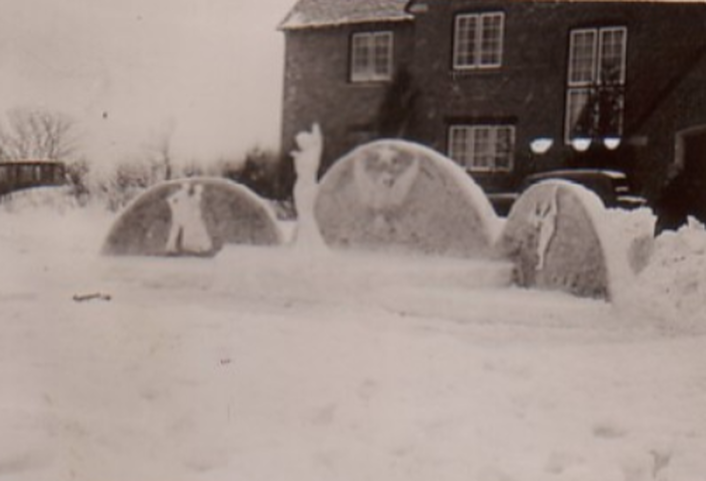
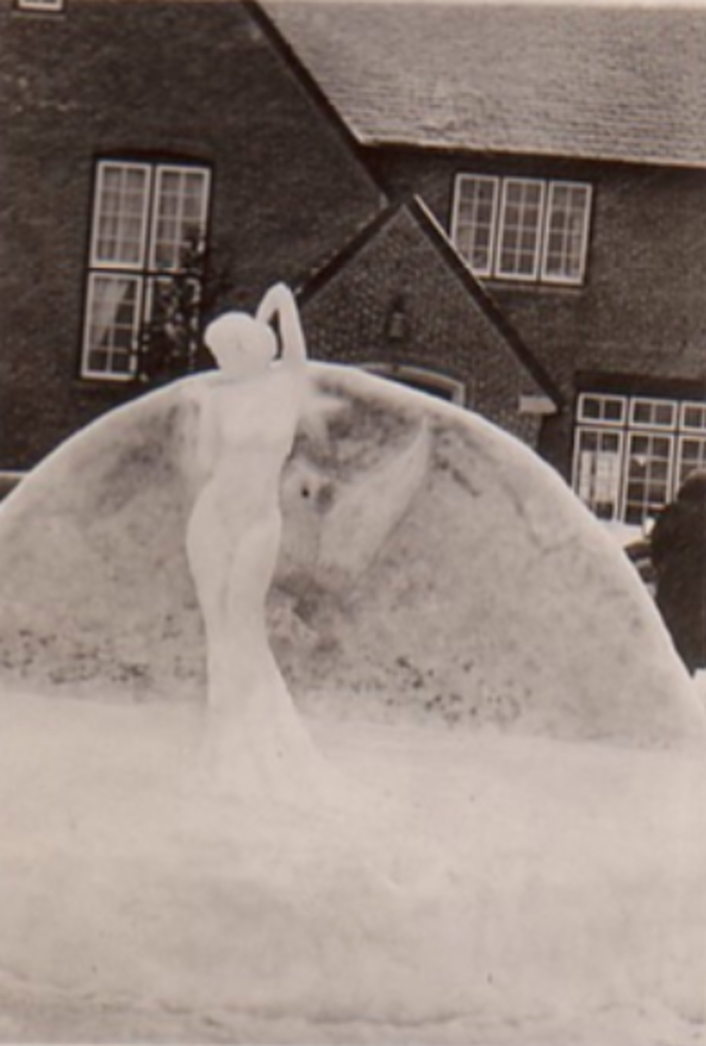


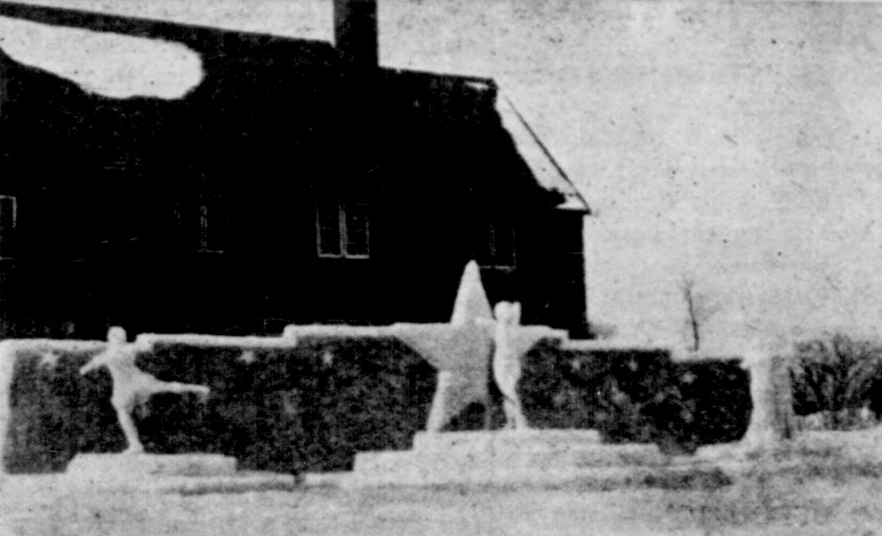

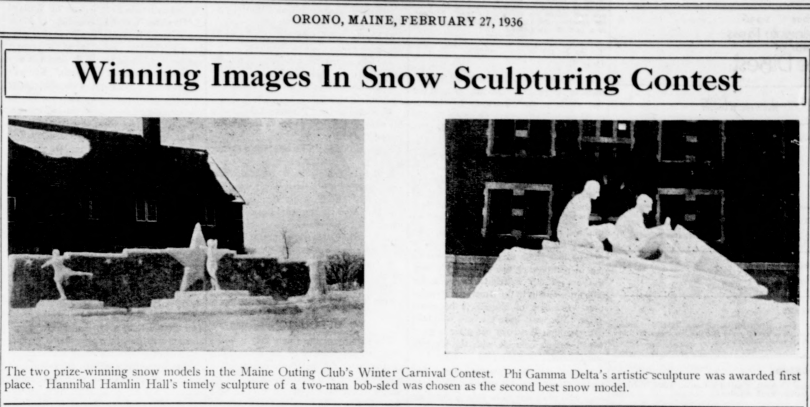
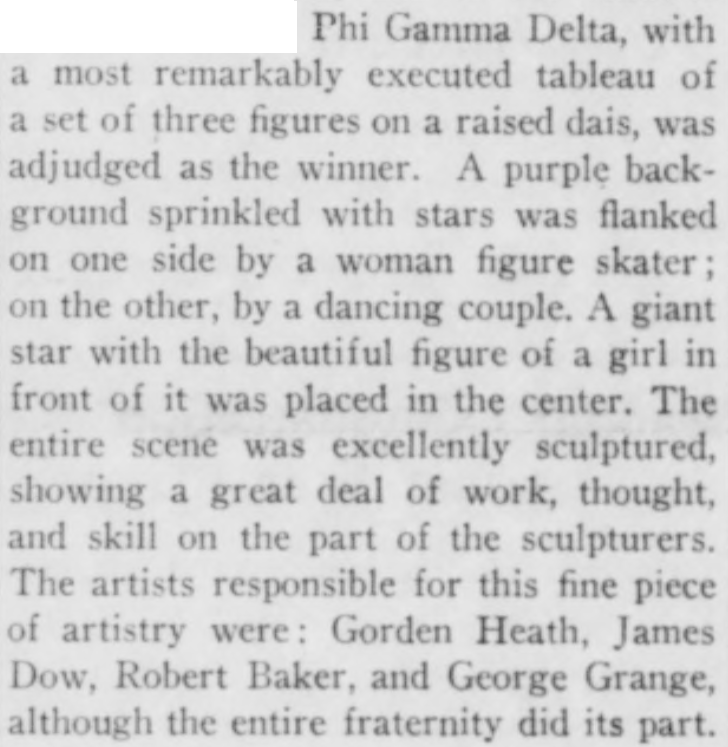
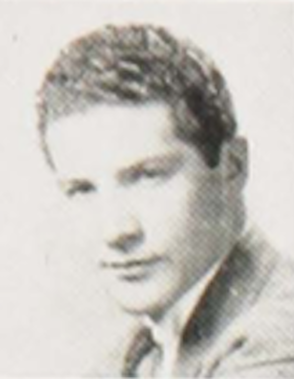





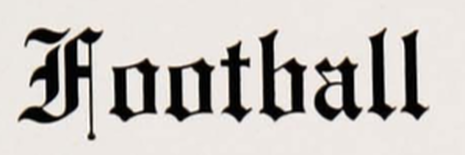

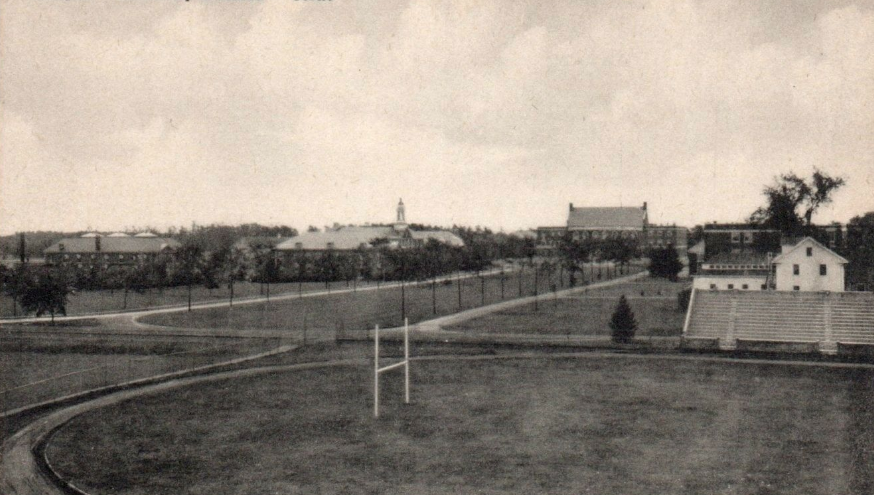
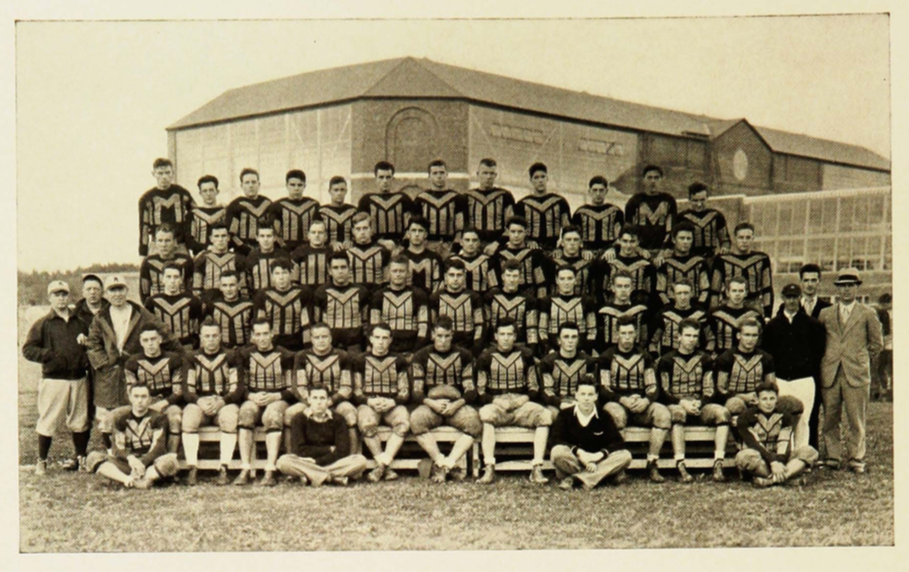
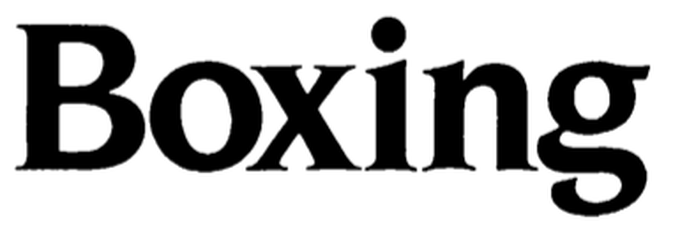
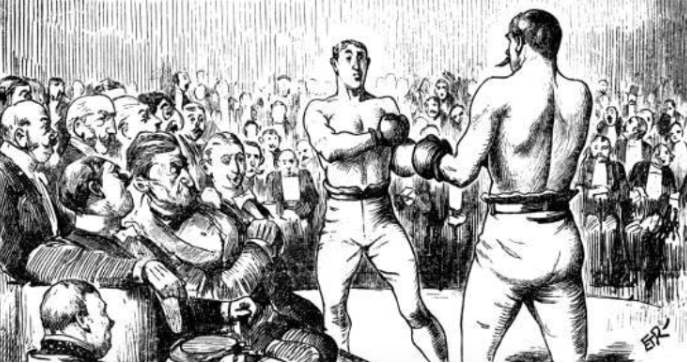

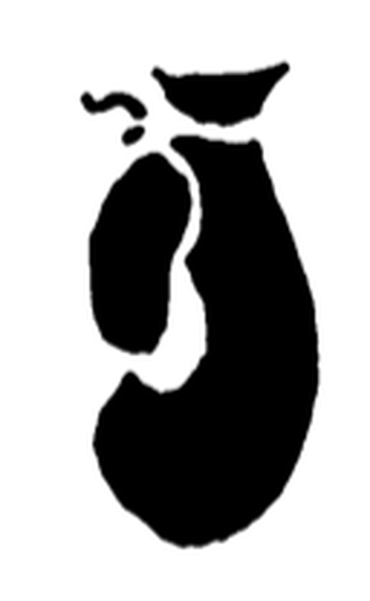
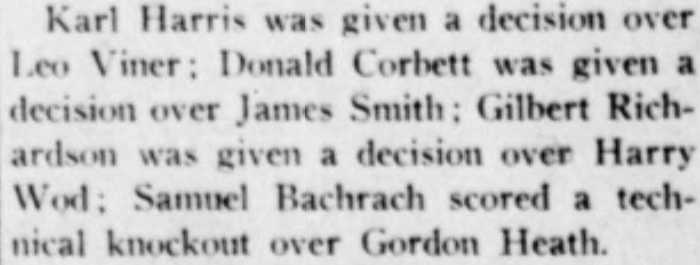
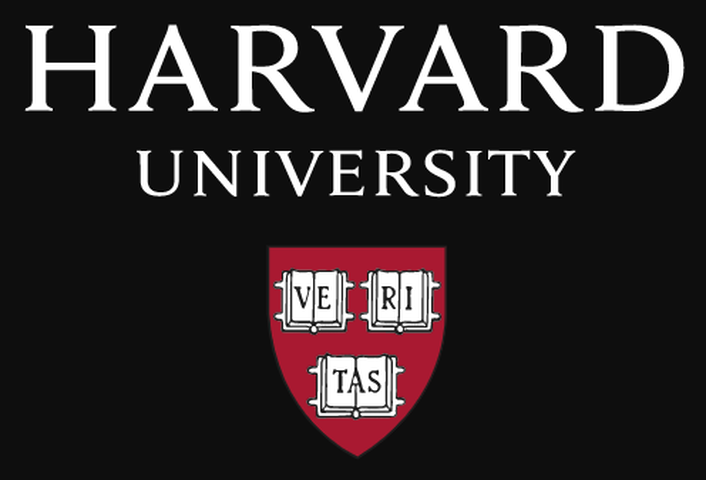
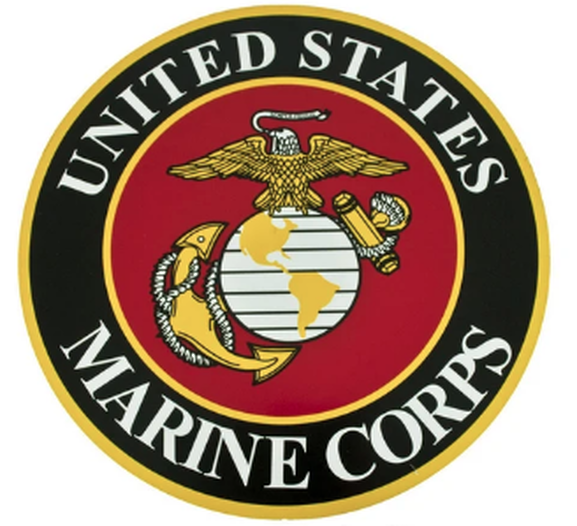

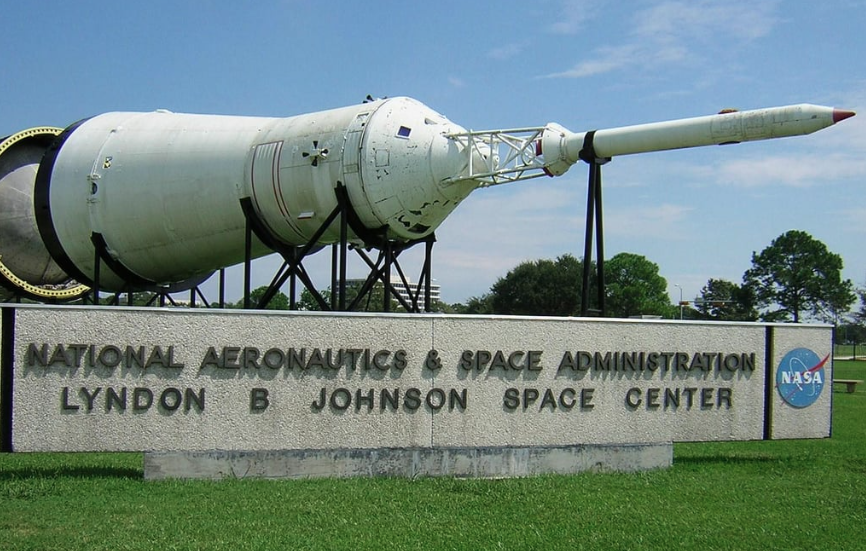
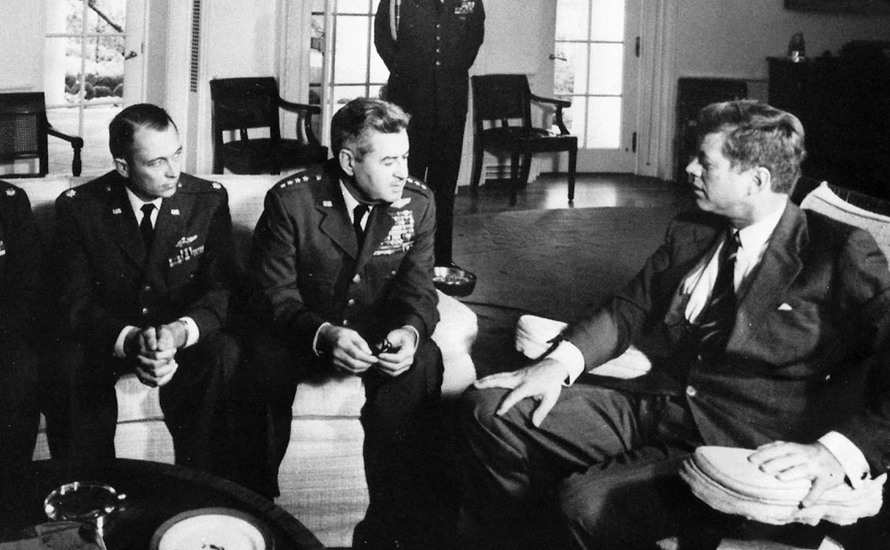
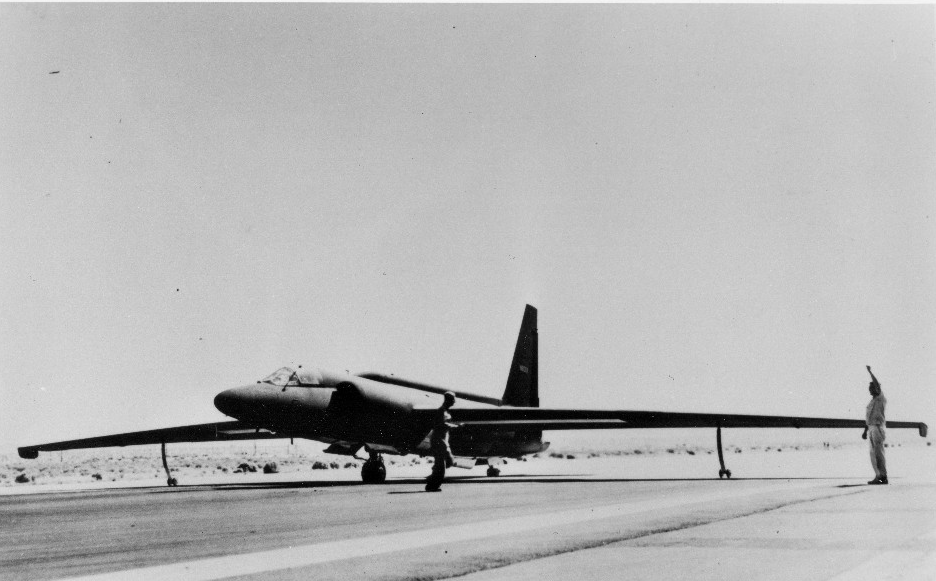
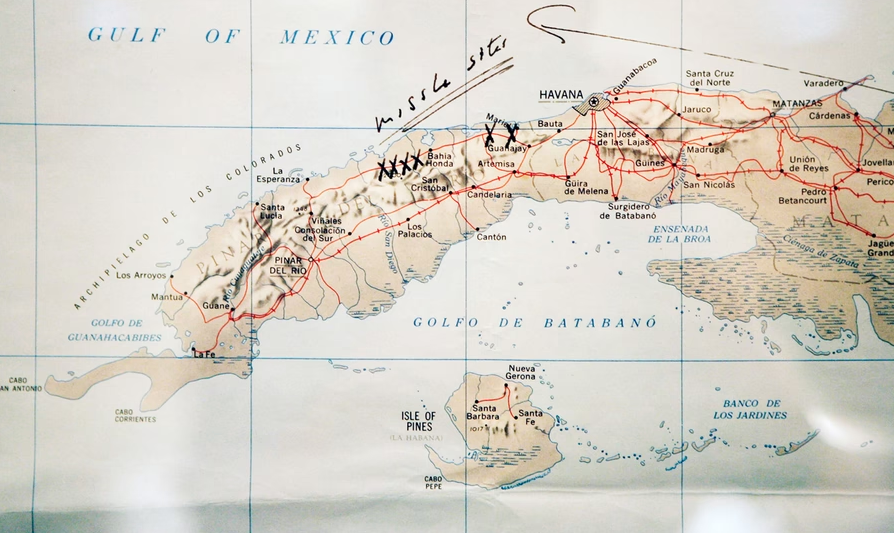
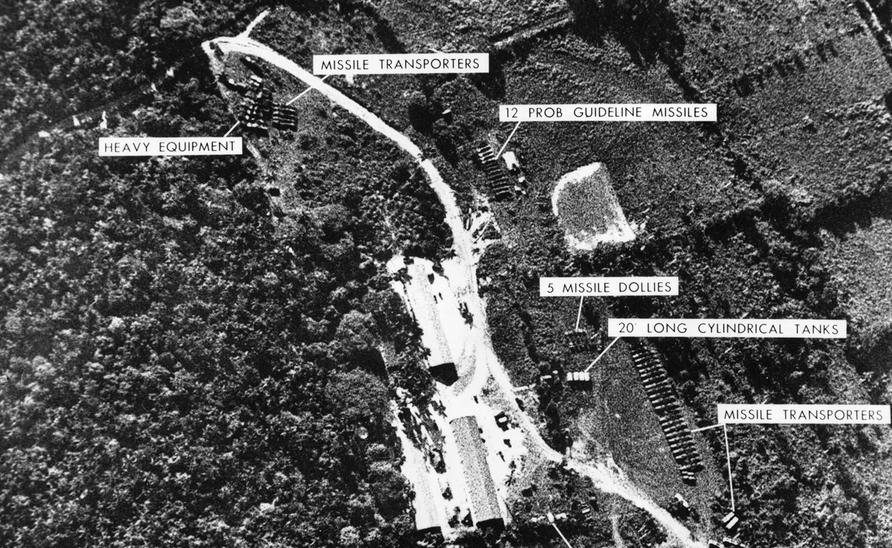
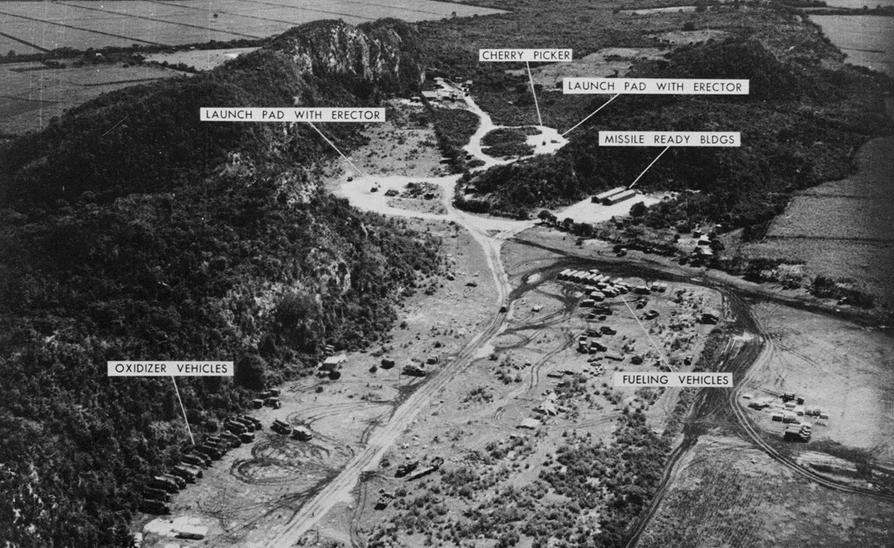

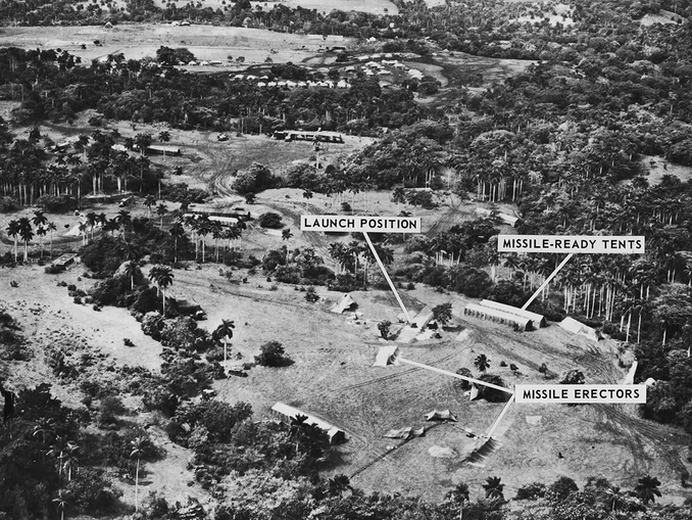
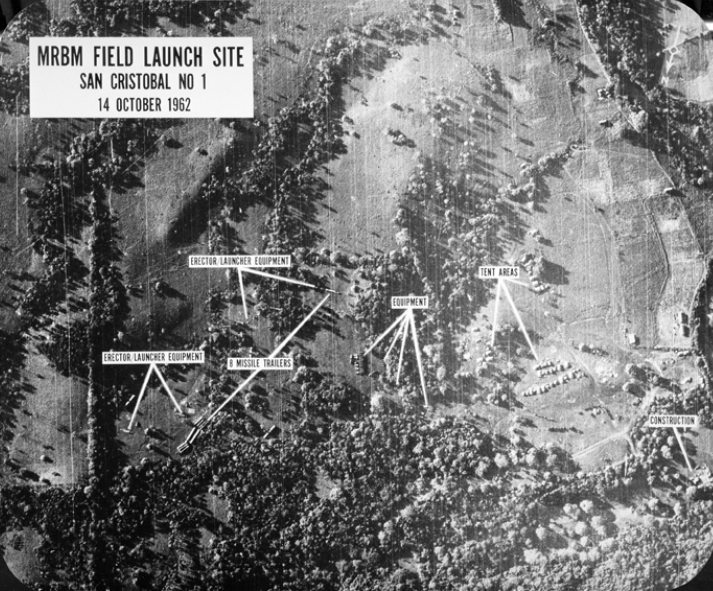

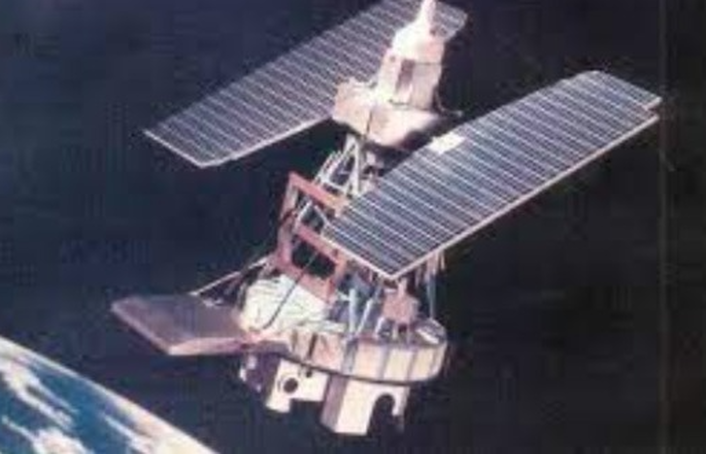

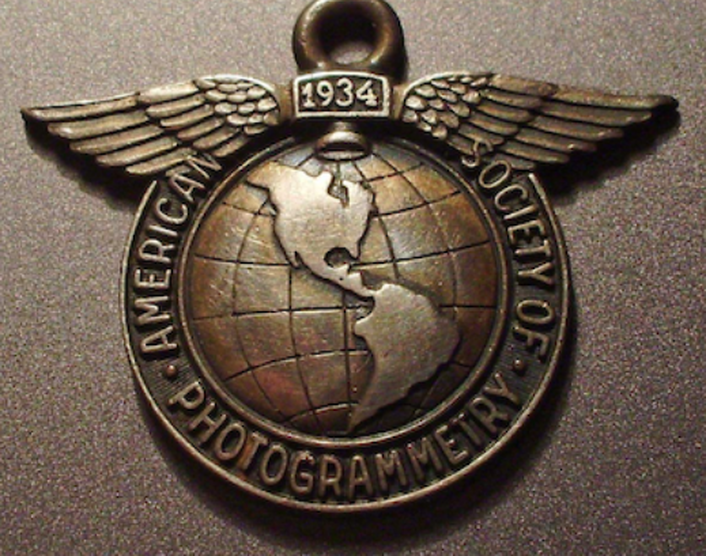

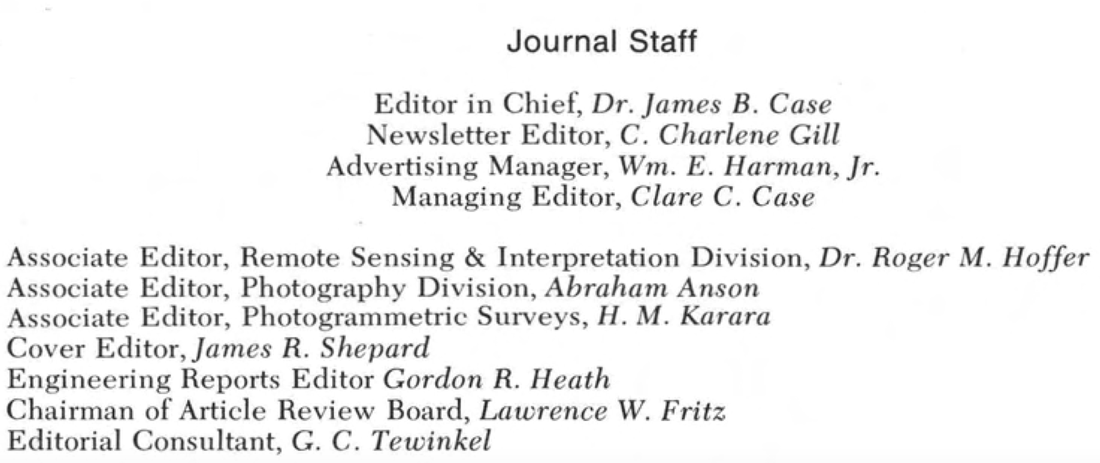

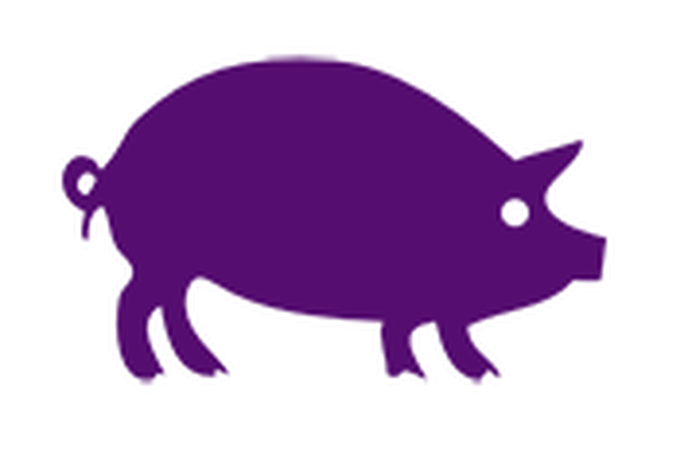
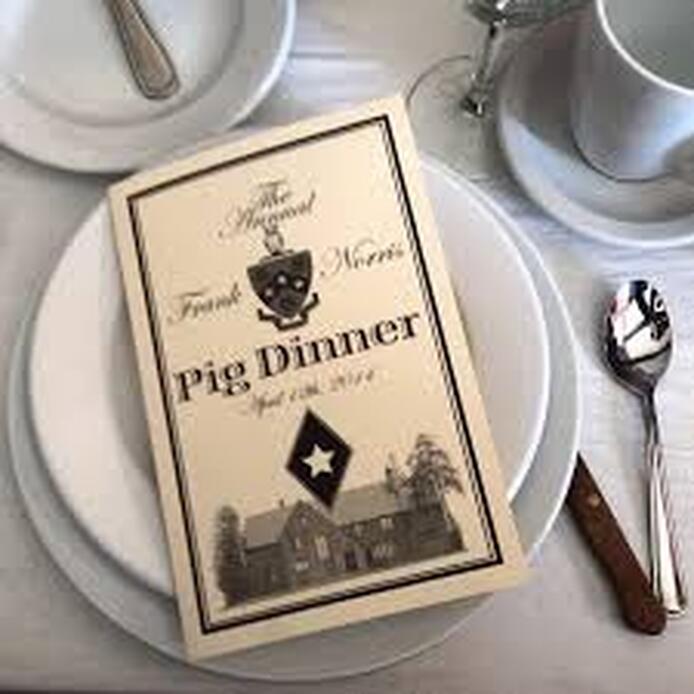
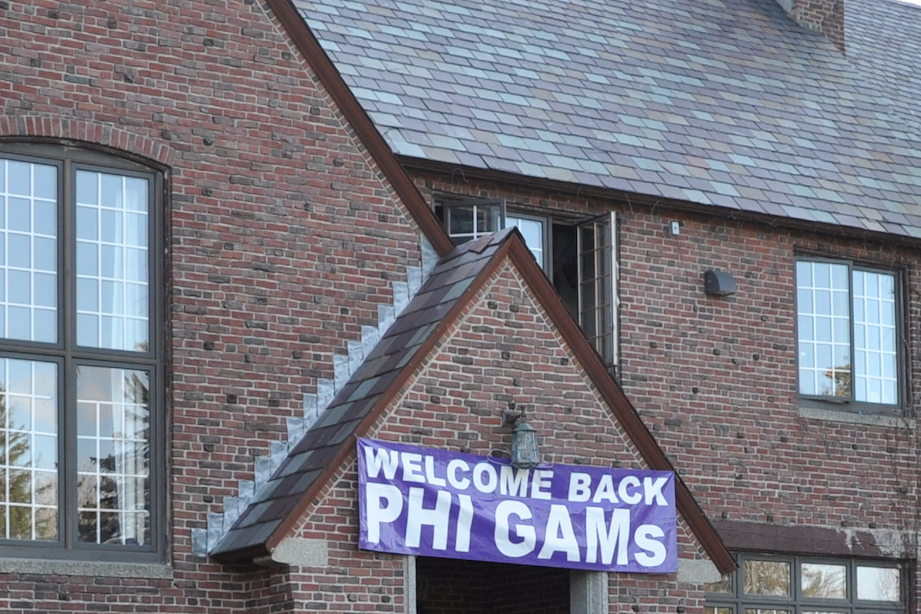
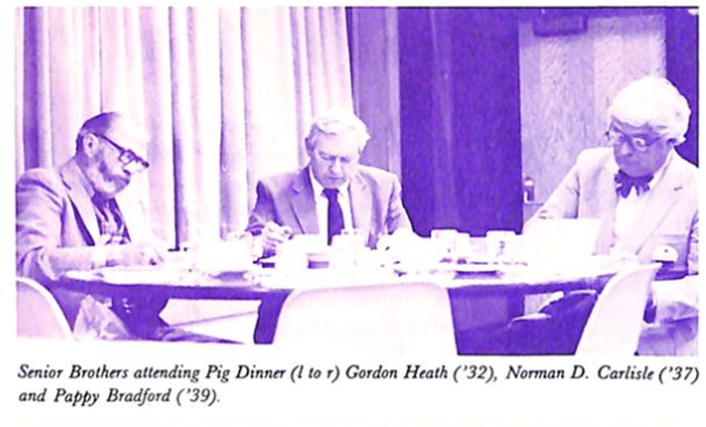
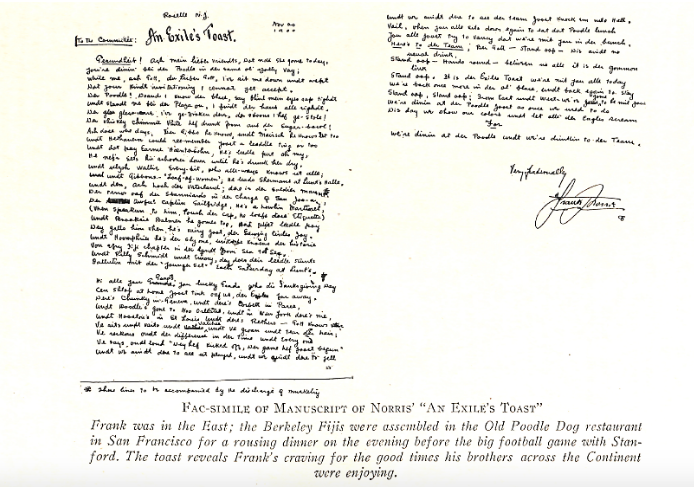
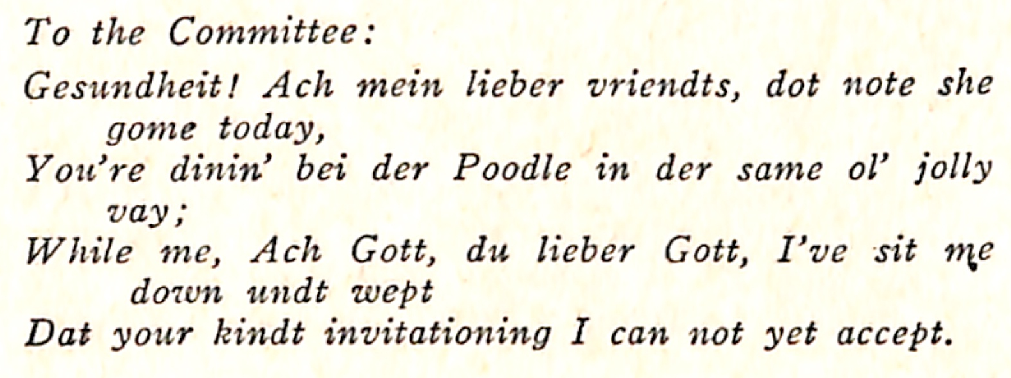
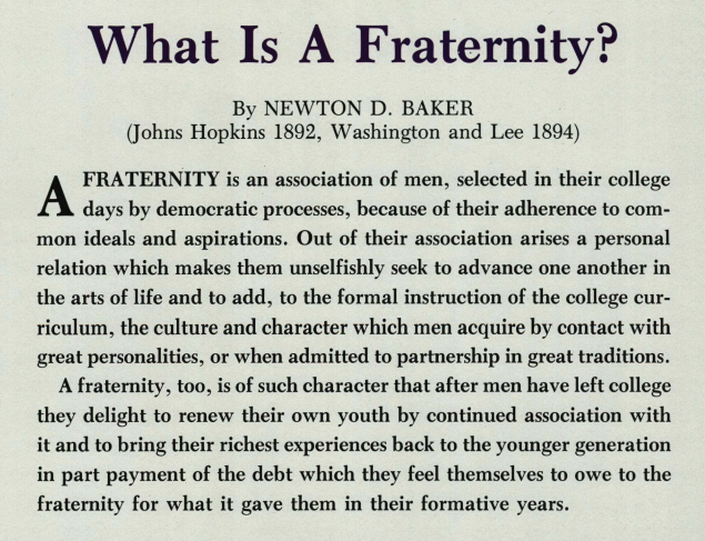
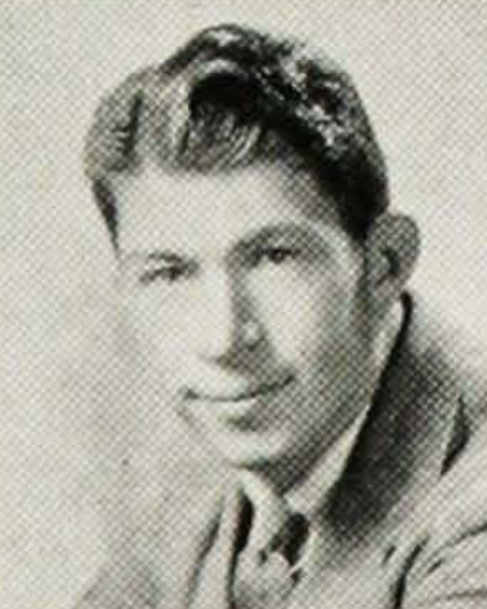

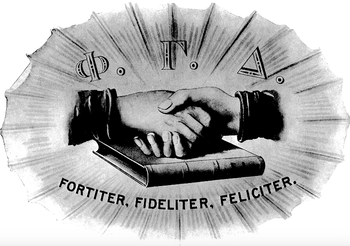

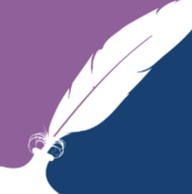
 RSS Feed
RSS Feed